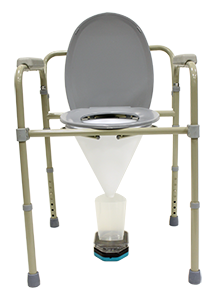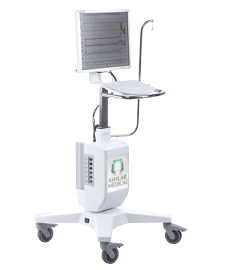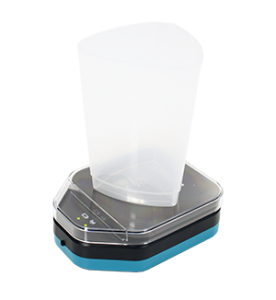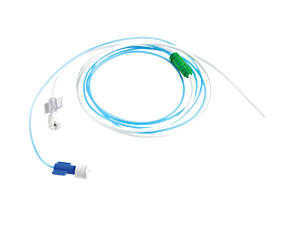What is Urodynamics?
 Urodynamics is a collection of studies that evaluate the function of the lower urinary tract including the bladder and urethra. The studies include:
Urodynamics is a collection of studies that evaluate the function of the lower urinary tract including the bladder and urethra. The studies include:
- Uroflowmetry – Patient voids into a portable toilet to measure flow rate and volume over time.
- Cystometrogram (CMG) – Patient is catheterized and the bladder is filled with saline in an attempt to reproduce the urinary tract complaints.
- Electromyogram – At the same time as the CMG, the patient has adhesive patches placed near the urinary outlet to evaluate the function of the pelvic floor during times of increased pressure (i.e. coughing, laughing, etc.).
- Urethral Pressure Profile (UPP) – In female patients, the catheter is withdrawn and reinserted at a very slow rate in order to evaluate the integrity of the urethra.
- Pressure Flow – Patient voids into a portable toilet with the catheters intact in order to evaluate how well the bladder contracts and if there are any signs of obstructive voiding.
Urodynamics can benefit individuals suffering from urinary frequency, urinary urgency, urinary incontinence, frequent urinary tract infections, incomplete bladder emptying, urinary hesitancy, and slowing of the urinary stream.
What is the prevalence of urinary conditions?
 One third of men and women ages 30-70 and a total of 200 million individuals worldwide experience urinary incontinence symptoms.
One third of men and women ages 30-70 and a total of 200 million individuals worldwide experience urinary incontinence symptoms.- Urinary incontinence, the inability to control urination, is one of the most common urinary conditions affecting people of all ages and gender.
- About 1 in 4 women over the age of 18 experience episodes of leaking urine involuntarily
- It is estimated that 75-80% of urinary incontinence sufferers are women
- Two-thirds of men and women age 30-70 have never discussed bladder health with their doctor and do not use any treatment or product to manage their incontinence
Sources:
- Muller N. What Americans Understand How they Affected by Bladder Control Problems: Highlights of Recent Nationwide Consumer Research. Urologic Nursing. 2005:25(2): 109-115.
- Vulker, R. International Group Seeks to Dispel Incontinence “Taboo”, JAMA, 1998, No.11: 951-53.
- Resnick, NM, Improving treatment of urinary incontinence (commentary letter). JAMA. 1998;280 (23):2034-2035.
- National Association For Continence, Charleston, South Carolina USA, www.nafc.org




